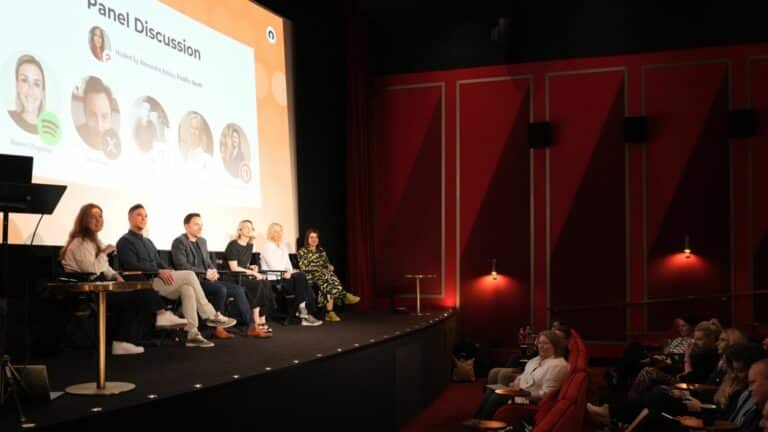From AI, shifting audiences to the growing importance of video, industry experts from Spotify, Meta, X, Pinterest and Thinkbox appeared at Bonded’s second Future Advertising Trends Festival to share the latest trends shaping the advertising sector.
Hosted by Bonded at Everyman Cinema in Edinburgh, the event kicked off with a welcome from the agency’s founder and MD, Steven Underwood, who detailed the importance of staying on the “cusp of innovation in such a fast-paced industry”.
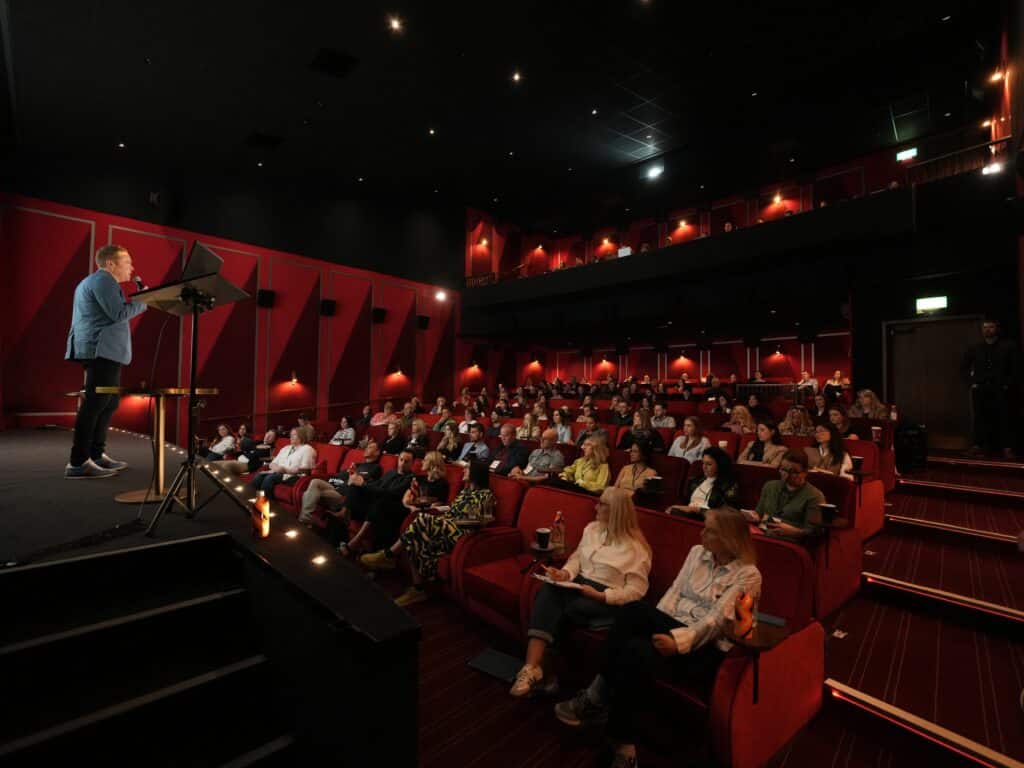
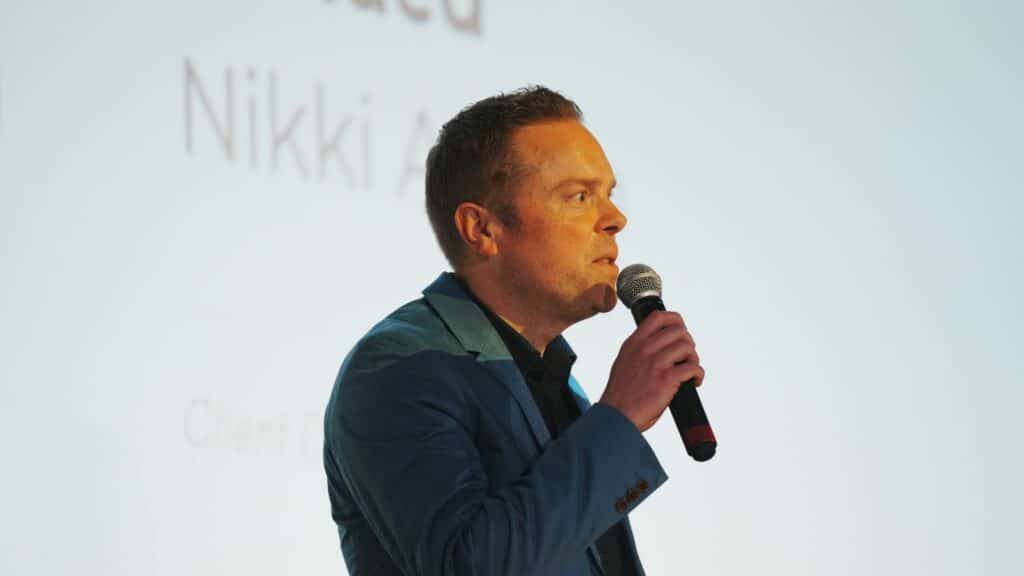
Marija Cepulyte, client partner at Pinterest, first took to the stage with an overview of how people use the visual discovery platform as a source of inspiration.
Pinterest currently has the “highest growth ever”, now with 518m global monthly active users and 17m of those from the UK. Most of that growth is driven by Gen Z, she explained, and is one of the few platforms ageing down despite being initially driven by Millennials.
This year, some of the newest innovations being rolled out on the platform include reinvesting in personalisation plus a focus on guided search, which is a combination of AI expertise with ChatGPT to inspire users. Users can narrow down their searches for beauty ideas via a filter on the website by hair or skin tone which uses AI in a “human-centric way”.
A big development for this year is a filter for body type ranges. It’s set to have a “positive impact on engagement” as building with inclusion in mind drives engagement as people “love to be seen and represented”.
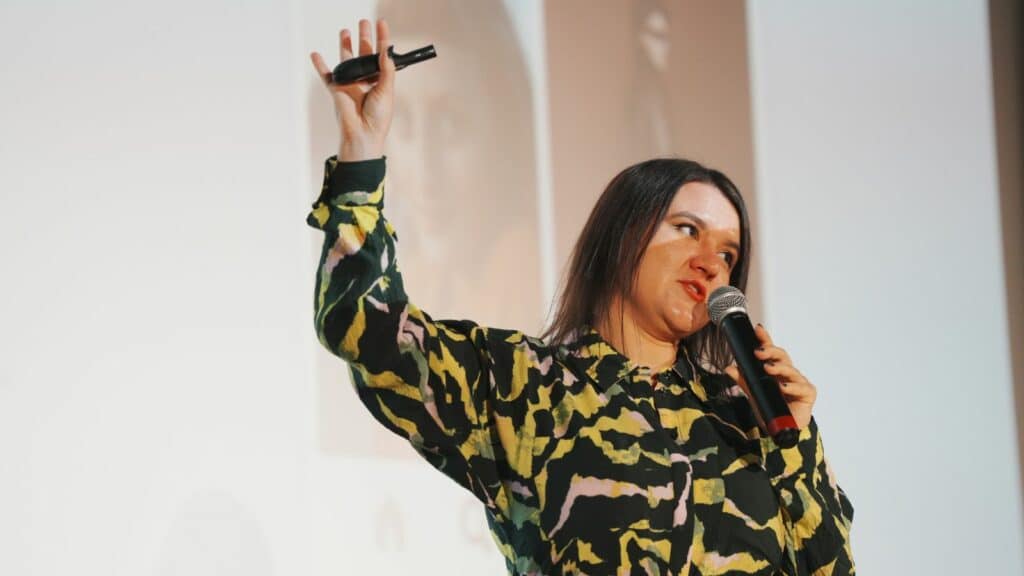
Launched in response to advertisers asking for a takeover solution for big launches, Pinterest also introduced ‘Premiere spotlight’ for advertisers to maximise reach, awareness and increase the relevance of their campaigns on the platform through video ads in places such as the search page or premium placements.
Pinterest will also be “doubling down on saving and curation” by introducing ‘automagical’ organisational tools, board video sharing and collages.
By increasing shoppability, introducing dynamic creative, tapping into the interest of ‘pinners’, and making ads more ‘purchasable’ with product tagging, she said this will boost opportunities for brands and advertisers to promote campaigns more effectively via Pinterest.
However, she warned with cookie deprecation, brands and advertisers should be very careful and ensure they attribute digital products correctly or they may miss out.
Naomi Chapman, senior client partner at Spotify, was next on stage. Over at the global audio platform, she outlined how she’s seen more and more people coming to Spotify and the homepage is constantly evolving so “people have more reason to be on the app and advertisers find it easier to reach audiences”.
Trending topics or cultural moments can have a “major impact on listening habits”, such as how Sophie Ellis-Bextor’s Murder on the Dancefloor hit was recently revived and topped the charts after featuring in the TV series Saltburn.
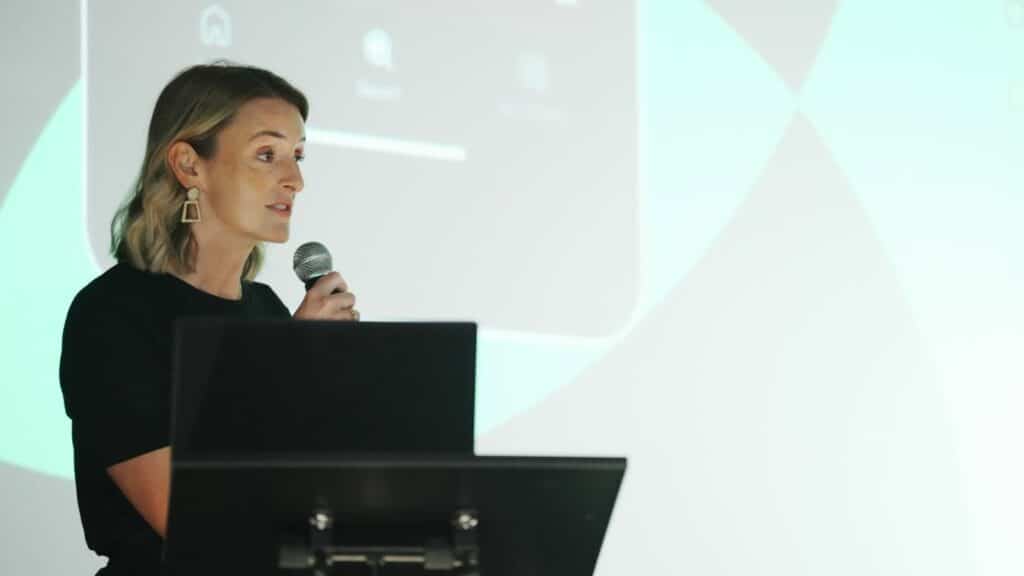
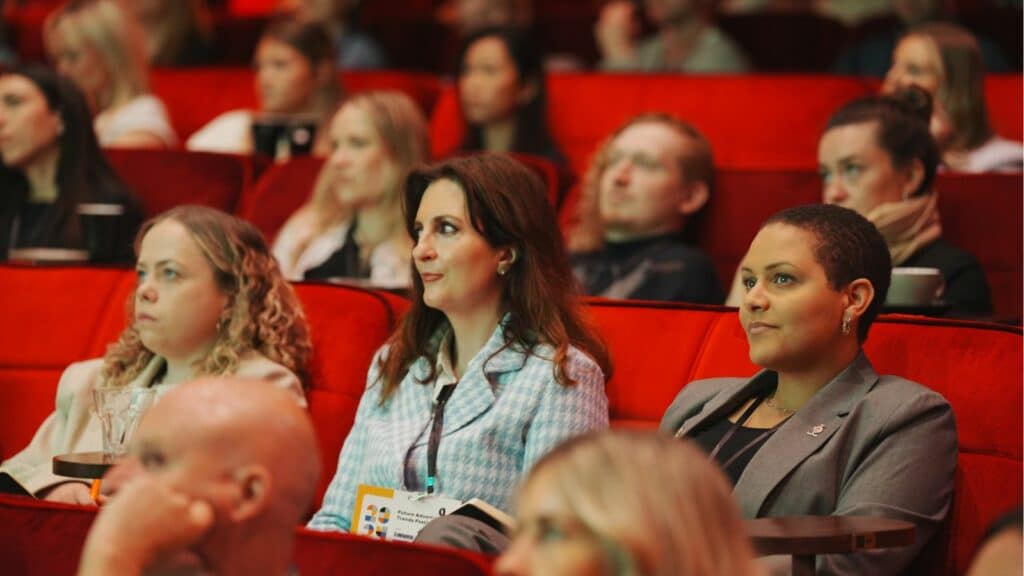
Unsurprisingly, with the Euro football season in full swing and the Paris Olympics about to hit our screens soon, the current trend is a ‘summer of sports’. Looking back to Euro 2020, she shared how there was a 707% increase in football-related playlists being curated which shows the importance of research into potential trends.
However the biggest trend for Spotify is how the “future of audio is video” with podcasts now embracing video. With 100m podcast listeners globally, it’s an “exciting time to be around podcasts” and has become a “big focus” for Spotify with 71% of podcast consumption coming from premium listeners.
From an advertising perspective, it is a “big opportunity” as the podcast audience is “super leaned in” and more likely to research and make purchases if a brand is mentioned on a show. This is more likely to have an impact if it’s via a podcast host that the audience resonates with and is via a voice they trust.
The introduction of visual ads also presents a new storytelling opportunity, particularly with how low attention spans are now. The key to a successful ad is to be non intrusive to the listener and AI will be a “key part of that”.
Following the talk, attendees were introduced to the benefits of RED January, an initiative with a mission to support movement and mental health projects. Founder Hannah Beecham MBE had the room on their feet intermittently throughout the event for much needed ‘movement breaks’.
Next up was Chris Treacy, head of vertical sales at X, who kicked off his talk with a mention of Twitter’s transition to X after the platform was acquired two years ago and acknowledged the “swirl and noise” around it. Now, the ambition is to be the “everything app” with plans to add more user and advertiser controls than “ever before”.
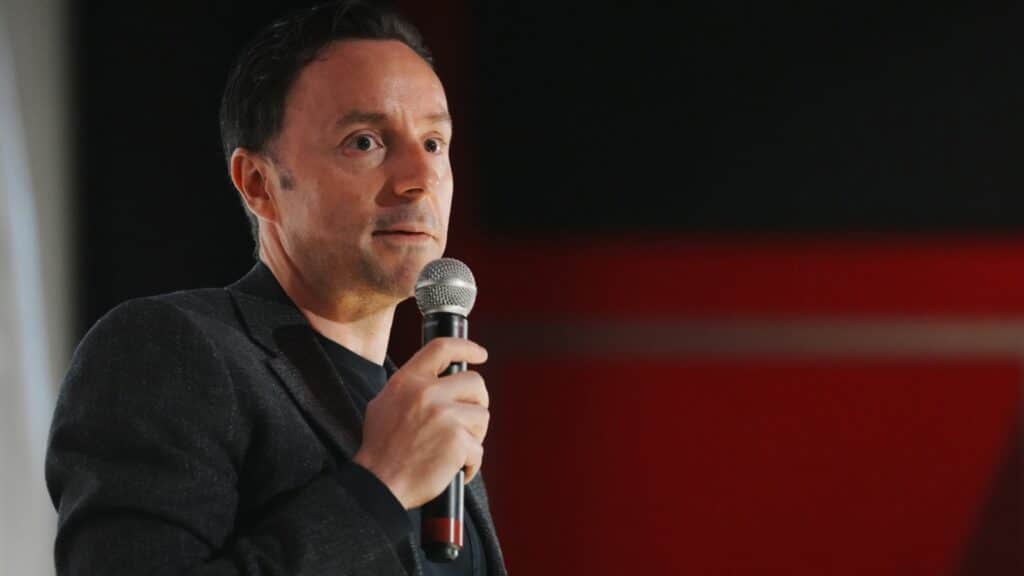
Reflecting on the past 12 months post acquisition, he said it has been a “really transformational” time especially with the introduction of X’s AI assistant Grok. However, plenty has stayed the same with around half a billion users still using the platform on a monthly basis and in the UK, that figure is around 21m.
Users are sharing a staggering 9.4bn posts a month, with ‘posts’ previously known as ‘tweets’, and this only increases when something is trending whether it’s chatter surrounding an election or a new Taylor Swift gig.
In 2023, the biggest trending topic on the platform was sports with 1.4tn users, followed by gaming at 885bn users, however politics, entertainment and music all were major hot topics.
He also provided an overview of how X is trying to make it easier for users to now control their experiences, such as the ‘For You’ tab which harnesses AI and machine learning to personalise feed for users.
Whether this is by tapping into trending moments, partnering with content on the platform or embracing vertical video ads, he said the platform has made major investment in this space and “wants to make it easier for advertisers to connect” and have “more control on where ads show up” to improve brand safety and trust.
X’s “superpowers” are how it connects to culture and breaking news and, similarly to Spotify, he said video is “the future of text” with the platform planning to launch a TV app and introduce video calling. As part of a constellation of companies that includes Tesla, he explained X is trained on AI via Gemini and ChatGPT which is a “game-changer” with data from those 9bn posts going into training the platform’s AI model and Grok assistant.
Using AI to serve relevant advertising can “drive more efficient results” and is all about improving results on the platform.
Kate Harris, regional director of NABS, took to the stage to share more on the important work of NABS and detailed how the charity supports those working in the advertising and media industries. Zoe Harkness, Head of Training at Thinkbox, followed with her insights and new trends in the world of TV.
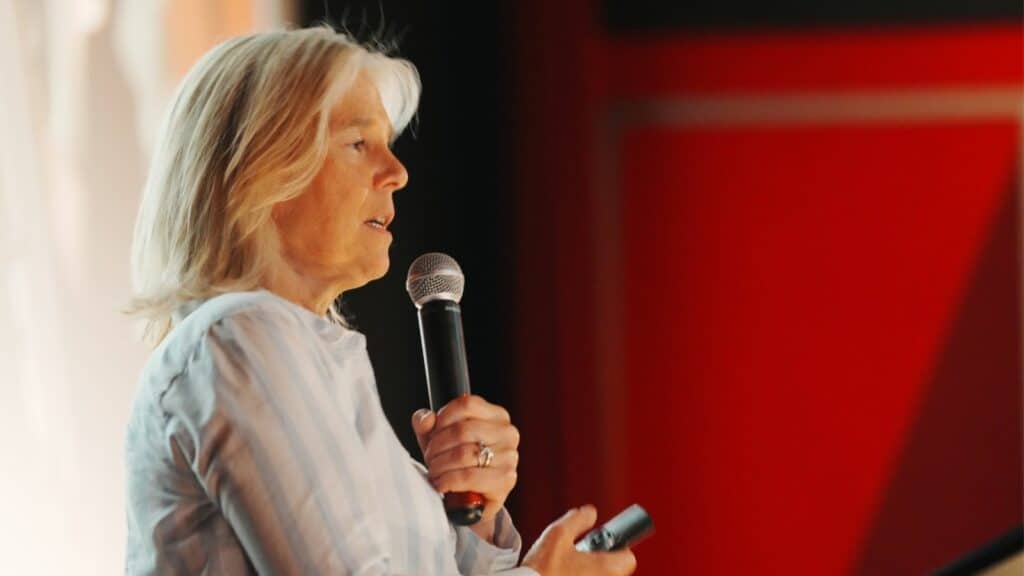
In terms of viewing, last year commercial TV viewing was stable but there’s been a notable “shift of viewing from linear to VOD” with a 23% uplift on BVOD.
Looking at the past nine years, she said there has been a “fragmentation of video viewing” with growth of SVOD, VOD and TikTok taking its fair share. Despite this, SVOD subscriptions “marginally dipped last year” but she explains this is thanks to viewers signing up to binge watch shows and then unsubscribing on and off throughout the year.
TV now accounts for 83.5% of AV advertising time and with streamers now taking on video ads, this may all change again so she explained it will be interesting to see how these figures may shift for 2024.
In summary, her three key points on planning: the world of TV is growing and budgets should follow; VOD is increasingly important for advertisers to maximise reach; TV should still sit at the heart of video plan.
Providing a snippet of Thinkbox’s recent research, headline findings on television is that context does matter and if you get it right, you can “increase ad recall” by 6.3 times. There are six variables that are significant: the device used, with TV displaying the highest ad recall; other people; screen size; mood; satisfaction; and location.
The final talk of the day was with Rob Smallwood, Head of Industry and Media Agencies at Meta. On future trends, inevitably he mentioned how AI will “disrupt marketing” and will become the “red thread that will shape our industry”.
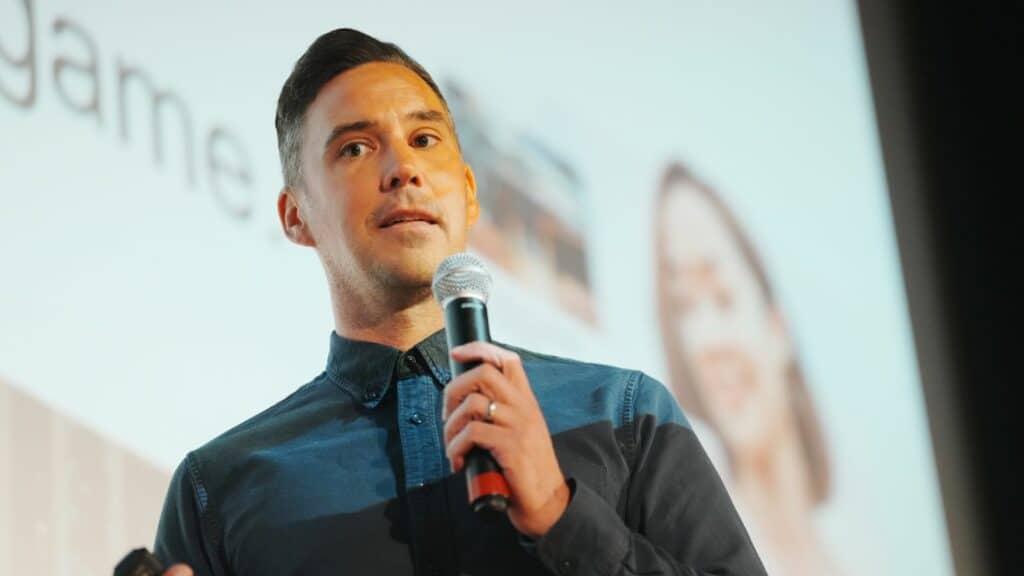
Although AI is already transforming many industries, he explained it’s “ironic” how marketing is further behind other sectors in how the technology is currently being used.
Over the past 10 years, Meta has already made “huge investment” into AI across its platforms, from messenger to improving ad relevance, and it’s only set to influence marketing and media even more in future.
Around 50% of the content users see on Instagram is AI recommended, however he emphasised there’s no “one size fits all” solution for each of Meta’s platforms and AI should be seen as a tool to help marketers. Delving into some of the key tools and trends over at Meta, he said how end-to-end automation can help marketers make decisions based on real-time learnings to optimise campaign performance.
Meta’s Advantage+ Creative tool leverages AI to help marketers automatically optimise and deliver creative, such as automatically optimising copy and visuals. With advancements in AI, marketers can challenge assumptions more easily testing a defined audience against a broader one.
“Don’t sit where you are, run at least 15 experiments to build a robust measurement,” he explained.
The event wrapped up with a panel session with all the speakers, chaired by Prolific North’s managing director Alexandra Balazs. The panel were quizzed on the significant shifts affecting their platforms. Marija Cepulyte at Pinterest said in the last two quarters, there’s been an audience shift with a “significant portion” of users on the platform now Gen Z which has led to differences in how content is consumed.
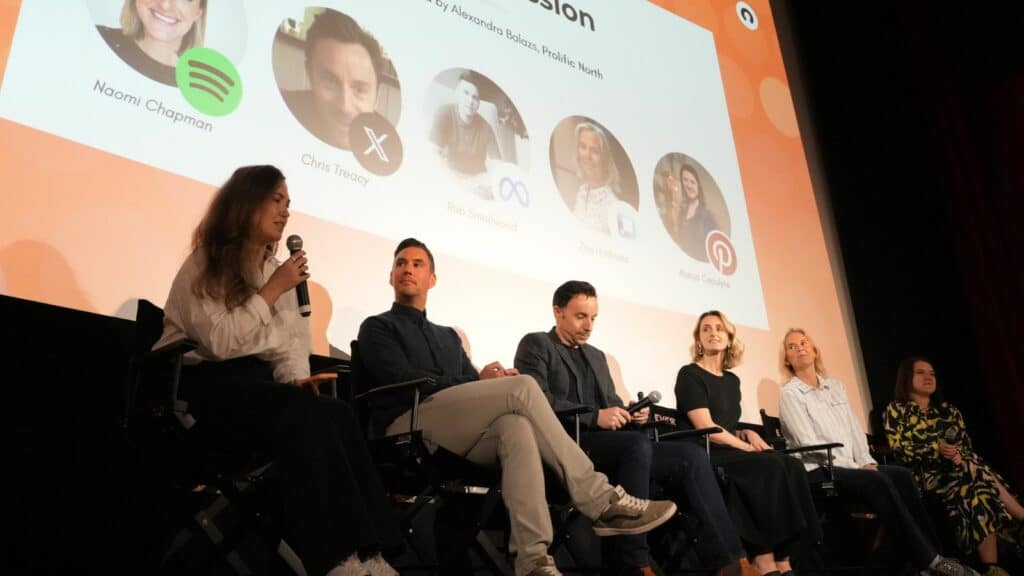
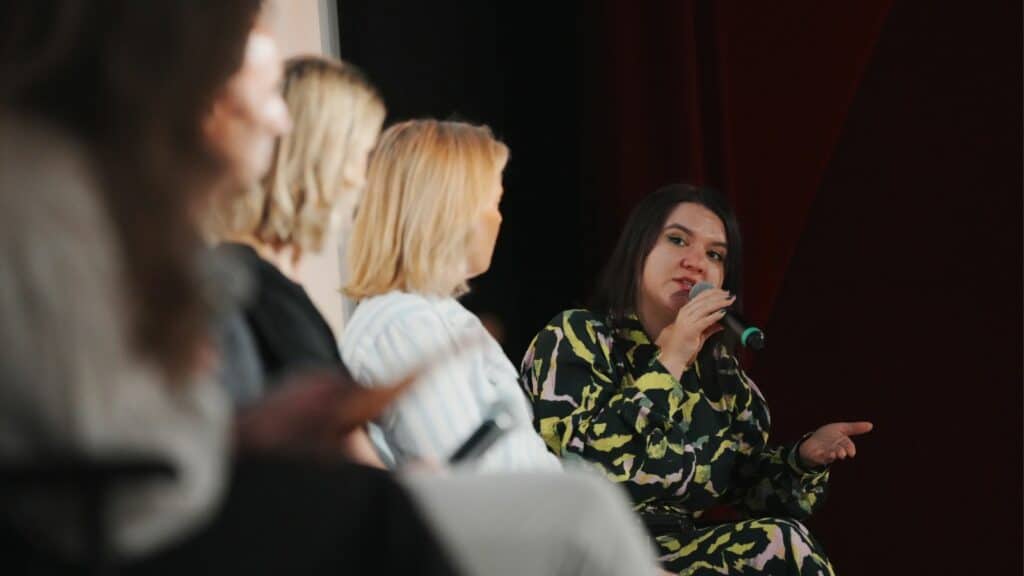
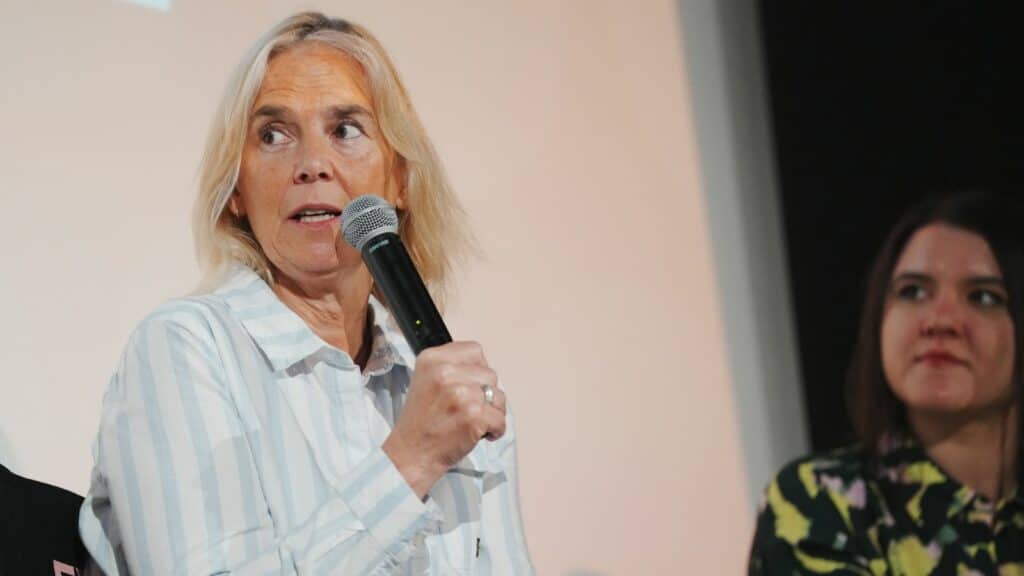
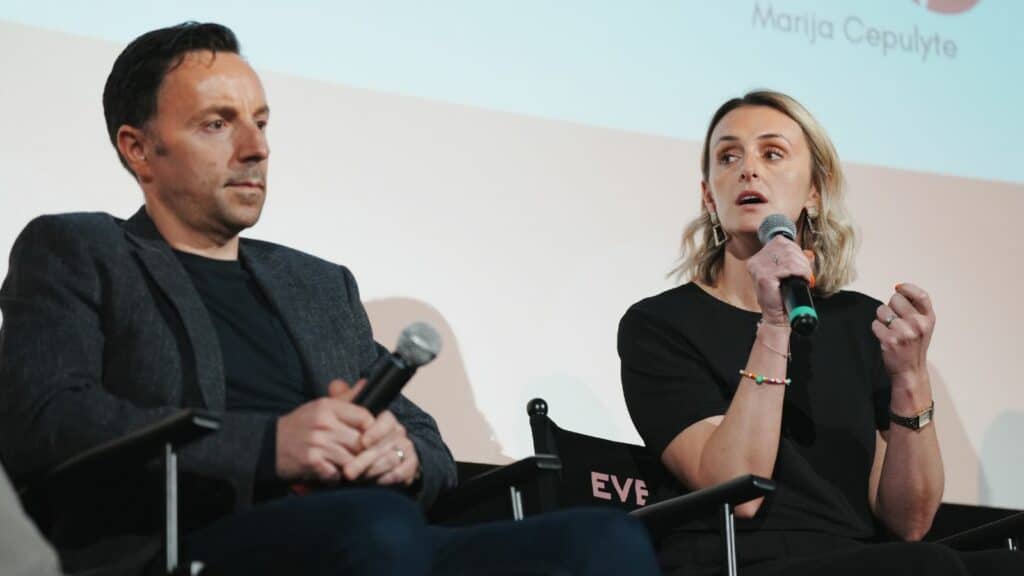
When it comes to consumer behaviour in TV, there hasn’t been a significant shift, explained Zoe Harkness at Thinkbox. Naomi Chapman at Spotify reflected on her earlier talk and said the significant shift is the visual element of the platform, with more users consuming media via Spotify and the growth of podcasts has been “major”.
Similarly for Chris Treacy, at X, audiences are now consuming more video on the platform so X is trying to lean into that more with new changes on the horizon to facilitate that soon.
Video was a big theme as Rob Smallwood at Meta echoed the same, explaining the importance of reels on Instagram with video placement, tapping into the Gen Z audience and encouraging more users to spend more time in app. He said the creator economy is expected to “gather pace” allowing many people to connect with consumers through a trusted channel – which he says reels is the best place for that.
On the advice the leaders would offer advertisers or brands in the room, Marija Cepulyte at Pinterest explained that testing is “key” and to ask for advice and insights into your vertical, apply best practice and test it – figuring out who you are trying to reach and why.
“The funnel is dead but it’s still there even if no one follows it, test approaches ideally multi-funnel, test keywords, interests and personal targeting.”
Zoe Harkness at Thinkbox agreed, adding that testing can be applied regionally via TV. She explained how TV is “a lot more affordable than you think” when it comes to advertising as there’s still a perception that it costs a lot of money.
Chris Treacy over at X said keep in mind what the goal of the campaign is. Talk to agencies, look at case studies and “don’t just jump in”.
Expand your horizons beyond a specific audience and “go broad”, suggested Rob Smallwood at Meta. The creative becomes “disproportionately more important with AI” so advertisers need to lean onto the native nature of social.
Final words on what the panel are excited about in future includes the way inclusive filters are a “great example of using AI for good” over at Pinterest, the rise of video podcasts from a fan and advertiser perspective, and a whole lot more original and ambitious content set to be rolled out.



